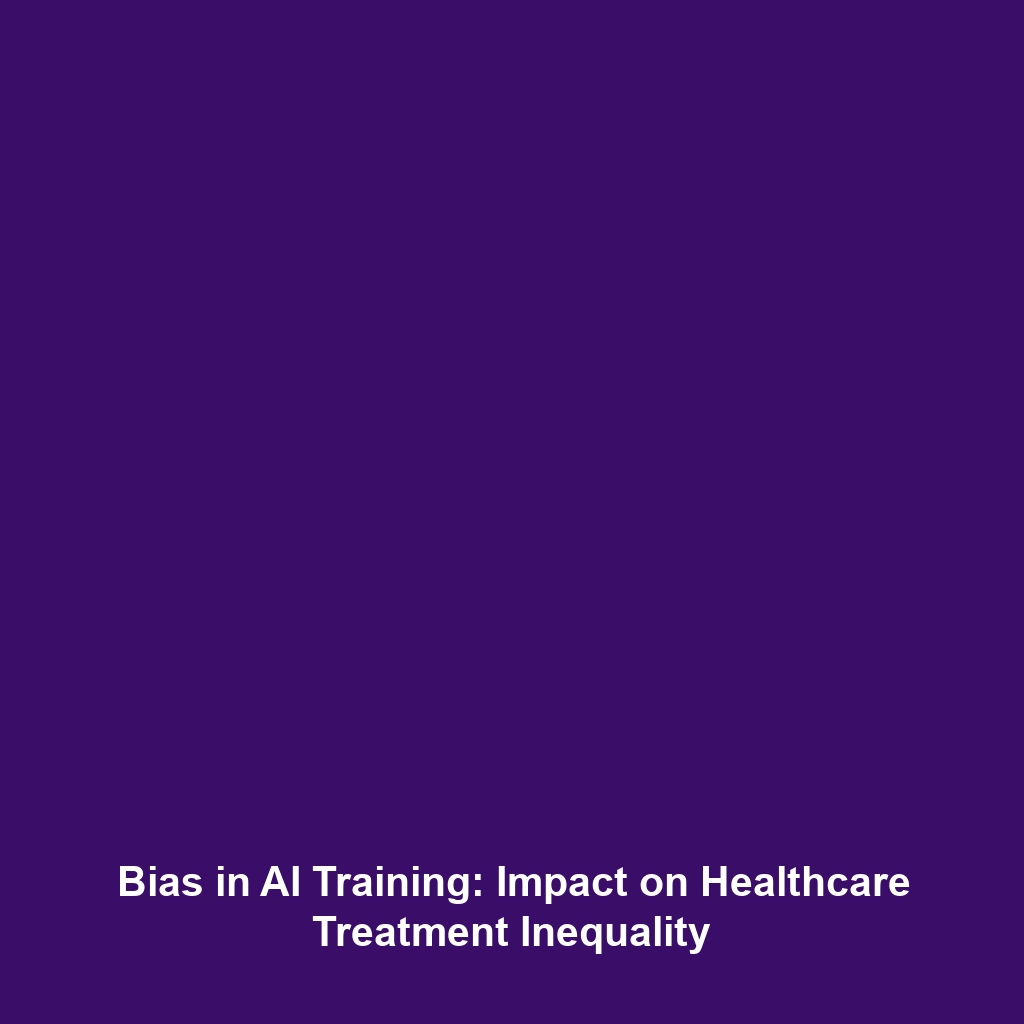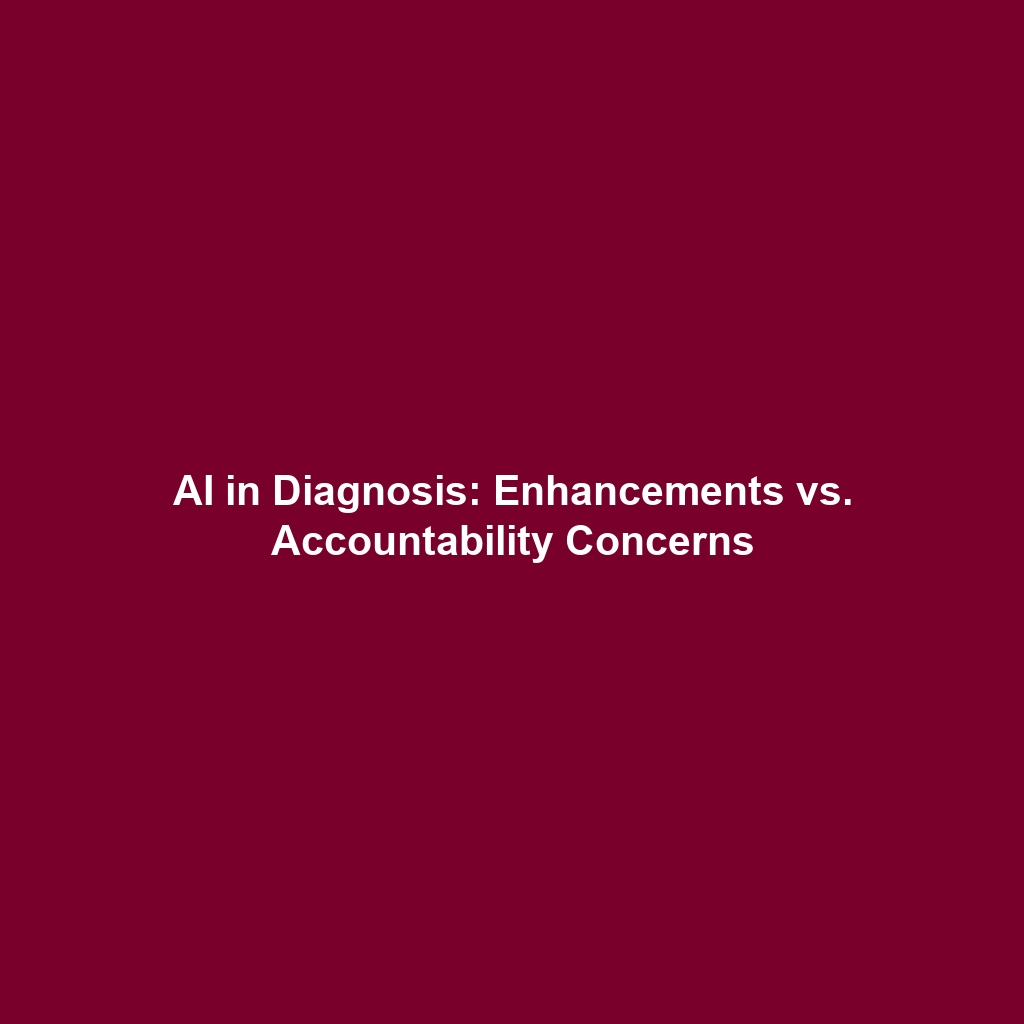Case Studies of Companies Incorporating AI Ethics into Development Processes
Introduction
In the era of advanced technology, AI ethics has emerged as a critical focus for companies developing intelligent systems. Case studies of companies incorporating AI ethics into their development processes shed light on the importance of integrating ethical considerations into artificial intelligence frameworks. These case studies not only highlight responsible practices but also enhance stakeholder trust and public confidence. As organizations strive to navigate the complexities of AI deployment, understanding these practical examples is essential for shaping ethical standards across the industry.
Key Concepts
Understanding the principles of AI ethics is foundational to examining how companies successfully implement ethical practices into AI development. Some key concepts include:
- Transparency: Ensuring that AI systems operate in a clear manner that stakeholders can understand.
- Accountability: Assigning responsibility for AI behavior and outcomes to prevent misuse.
- Fairness: Mitigating bias and ensuring equal treatment across demographics.
- Privacy: Safeguarding personal data and ensuring user consent in data usage.
These concepts form the backbone of AI ethics, guiding companies on ethical inquiries relating to their products and work environments.
Applications and Real-World Uses
Companies across various sectors are showcasing how case studies of AI ethics lead to tangible applications that promote responsible technology. Significant real-world uses include:
- Healthcare: Firms like IBM Watson are applying AI ethics to ensure patient data confidentiality while leveraging AI to enhance diagnostic accuracy.
- Finance: Companies such as ZestFinance incorporate ethical frameworks into credit scoring algorithms to reduce bias against historically underserved communities.
- Autonomous Vehicles: Toyota’s ethical considerations in AI systems aim to prioritize human safety and decision-making in unforeseen circumstances.
These examples illustrate how ethical AI is instrumental in shaping sustainable corporate practices while aligning with public expectations.
Current Challenges
Despite these advances, studying and applying AI ethics face various challenges, including:
- Limited Regulation: A lack of standardized regulations makes it difficult to enforce ethical practices uniformly.
- Complexity in Implementation: Integrating ethical guidelines into agile development processes can be challenging for many teams.
- Varying Interpretations: Different stakeholders may have conflicting interpretations of what constitutes ethical AI behavior.
Future Research and Innovations
The future of AI ethics holds numerous possibilities for innovation and evidence-based practice development. Upcoming research areas to focus on include:
- Ethics by Design: Emphasizing ethics as a fundamental aspect of the design process for AI technologies.
- AI Explainability: Focusing on making AI systems’ decisions more interpretable to users and stakeholders.
- Collaborative Frameworks: Engaging multi-stakeholder collaborations to co-create ethical guidelines that accommodate various interests.
Conclusion
Case studies of companies incorporating AI ethics into their development processes serve as a vital reference for shaping ethical standards within the tech industry. By looking at real-world applications, recognizing current challenges, and understanding the future scope of research, organizations can continue to prioritize ethical conduct in AI. As technology evolves, so too must our commitment to responsible innovation. For further reading on AI ethics, check out this article on ethical AI frameworks or this overview of challenges in AI ethics.









